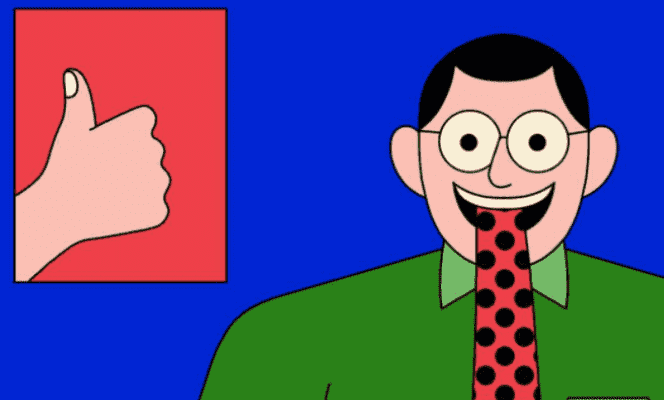Dn the great family of reunions, there is one that makes more noise than the others. Here, everyone is called upon to give their opinion on the company’s projects, because today we are emerging from the tyranny of “Yakafokon”. In the center of the table, a puzzle where each employee attaches his small piece, because, after all, “Alone we go faster, but together we go further”. Focused on the needs of users or ordinary collaborators, armed with chouquettes and kiwi-guava smoothies, “design thinking” (“DT”) is cool, trendy, deeply disruptive… As long as it still is. “This is not at all a meeting where we discuss with [notes autocollantes] “, refutes Catherine Lenglet, educational advisor at the Strate design school, in Sèvres (Hauts-de-Seine).
Because, before being a mode of project management that urges people to think outside the box, design thinking is a precise collective innovation process, often used in marketing. Be careful, there is no question, as the translation might suggest, of “thinking about the style” of the logo or the offices of the box. The verb design in English meaning “to design”, we will speak of “innovative design” to define this technique.
Design thinking has its origins in Californian cognitive psychology, and the method was popularized at Stanford University (California) in the 1980s. It is part of “user-centered” design – as opposed to traditional design product – and seeks to use empathy to create: the idea is to put yourself in the customer’s shoes when thinking, hence its overused use by managers wishing to turn the culture of their company towards more” human “.
His crazy cousin
The d-school model of Stanford is the most famous. It is practiced in five steps: understanding customers and discovering their hidden needs (“ empathize “), Formulate the problem (” define “), Generate ideas (” ideate “), Develop tangible solutions (” prototype “) And experience them (” test “). Catherine Lenglet insists: the process does not stop until there is a satisfactory result.
The object is at the heart of the process, since it is a question of obtaining a tangible result, unlike its crazy cousin, brainstorming, brain storm or choral brainstorming. Here, we bring together employees, experts in their fields, to find a multidisciplinary solution to a problem – a good way to unite teams in the process. “Design is a profession of synthesis between the engineer, the salesperson and the designer which facilitates exchanges”, explains Catherine Lenglet.
You have 25.28% of this article left to read. The rest is for subscribers only.
